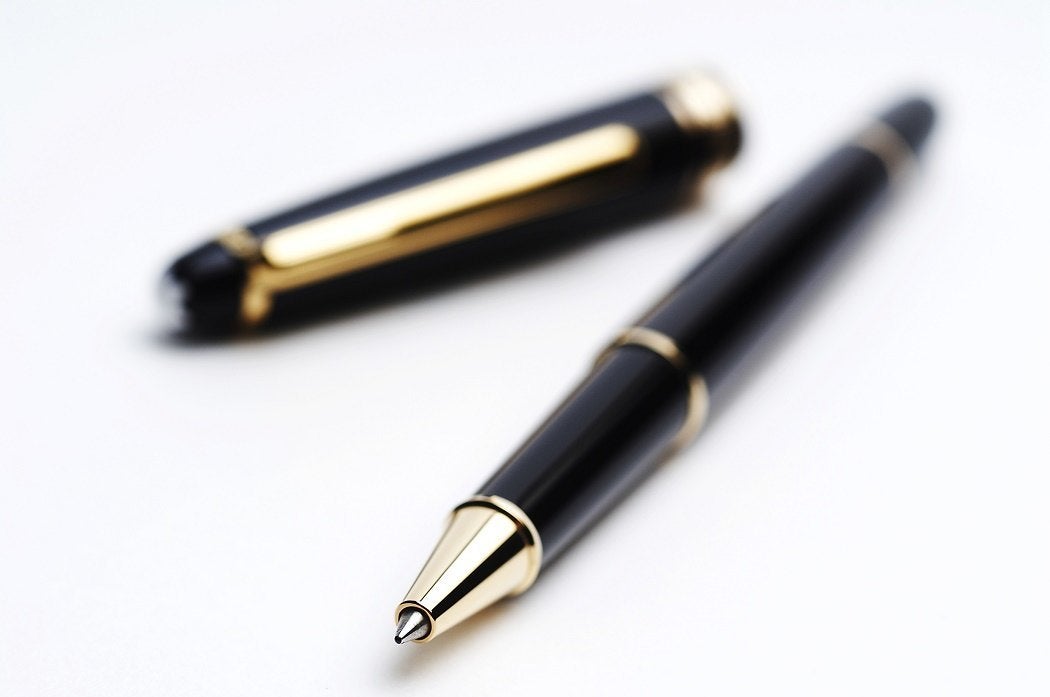The ballpoint pen is a throw-away tool most people don’t think twice about. But like every piece of technology, it has a history.
During the Second World War, a couple of Hungarian brothers named Biro, who had fled as refugees to Argentina, came up with the “biro,” as the pens are still called in some parts of the world.
Biros proved popular with pilots in the Royal Air Force: it worked in a cramped cockpit and at altitude (not the first nor last time warfare has been a major impetus for technological innovation and diffusion) and started being brought back to the U.S. as a novelty.
This year marks the 70th anniversary of the first commercial ballpoint made and marketed in the United States. The Reynolds Rocket sold for what seems like a rather pricy $12.50 in 1945. Within a few years, though, ballpoints were selling for .50 and .25 each, and Paper Mate, Parker, and Bic, among others, were producing millions of them.
Like all technological innovations, the ballpoint raised questions. What was the permanency of writing with ballpoint inks? Could these pens be used to sign legal documents? Were such signatures more likely to be forged? A 1948 American Bar Association Journal debate by members of the American Society of Questioned Document Examiners and representatives of the ballpoint industry considered these issues.
For the Questioned Document Examiners, the ballpoint was easier to forge: it simply didn’t express the individuality of a writer using a traditional fountain or steel dip pen. The two representatives of industry have to play catch up to this challenge, writing, “The ball-point pen situation is badly in need of clarification.”
One of the Questioned Document Examiners here was Ordway Hilton. A decade later, he was still considering the “Characteristics of the Ball Point Pen and its Influence on Handwriting Identification.”
This is ballpoint CSI, for the ballpoint has a highly distinctive stroke, quite different from those made by flexible nib pens. “Hesitations in the writing movement takes on particular significance when there is suspicion of forgery. Here again the ball point pen fails to leave the classical indications […].”
In a way, of course, this was all somewhat moot: technology that grabs our attention is often already embedded in our lives before we have any idea of its actual effects.







